Do you want to build a wooden boat from scratch?
Buying a boat is easier, but building one will give you even greater satisfaction. Whether you are looking for a challenging weekend DIY project or you want to put your handy skills to use in building something practical, boat building is a perfect choice.
The most crucial part of this project is selecting the right wood. This can be confusing as there are many types of wood for boat building. What’s more, depending on the type of boat, you might need different types of woods for the different parts.
If you want to find the best boat wood for boat building, you have come to the right place! As someone who has built several boats, I am happy to share what I have learned about selecting the right lumber for a DIY boat.
So, without further ado, let’s look at the best boat-building woods.
Best Boat Wood For Boat Building
1. Spruce
Spruce is one of the best boat woods for boat building. It is a softwood but strong and durable, making it ideal for building boats.
As a softwood, working with spruce is comparably easier as the wood is bendable and easy to cut. But, you should ensure that the spruce lumber you choose is knot-free and of high quality.
Spruce glues together well, making it a good choice for someone building a boat for the first time. This wood also stains and finishes well, so you can easily apply wood finisher and paint to your boat to protect it from the effects of UV rays and moisture.
The excellent strength-to-weight ratio is another quality that makes spruce wood a good choice for boat building. Good strength to weight ratio means the wood bends easily, but it is strong enough not to break. While it is strong, it is also light enough to carry, cut, and build with.
Pros
- Easy to work with using small and large tools
- Glues well and holds finish and paint
- Good strength to weight ratio
- Durable and low maintenance
Cons
- It needs to be well-stained and finished to prevent rot and fungi
2. Cedar
Cedarwood is popular for its aroma, attractive color, and workability. There are different types of cedar, including red, white, Alaskan yellow, Atlantic white, Lebanon, Port Orford, Cyprian, Spanish and many more.
The three types of cedarwood best suited for boat making are red, yellow, and Lebanese cedar. Red cedar has an attractive color and would add to your boat’s aesthetic appeal. Yellow cedar is quite hard, making it durable and resistant to rot. Lebanese cedar has long straight grains, a sign of high-quality wood.
Cedarwood, in general, has many other great qualities that make it a top wood for boat building. Red cedar, for example, is lightweight and easy to cut and build with. It also contains a good amount of moisture, making it less prone to warping and breaking.
Most cedars are easy to work with as they are easy to cut and bend. It is also easy to drive nails and screws through the wood, and the surface lends itself well to paint, polish and glue.
Cedarwood is resistant to the effects of UV-rays, an important characteristic to consider when building a boat. The wood also contains chemicals that protect against insects and rot.
If well maintained, a boat made out of cedar can serve you for years.
Pros
- Rich, dark red color gives it an attractive appearance
- Resistant to fungi and insects
- Temperature and moisture resistant
- Durable but soft enough to cut and carve
- Finishes well
Cons
- Requires regular maintenance
- It can be dented easily due to its softness
3. Oak
There are more than 500 varieties of oak wood. Oak is incredibly strong wood and is chosen in marine applications for its straight and tight grain, coarse texture, durability, and low maintenance.
Compared to other wood for boat building, oak wood has a high density, making it resistant to fungi and rot. Many years ago, oak was the wood of choice for shipbuilding due to its durability in water and resistance to the effects of moisture.
Due to its straight and tightly packed wood grains, oak is easy to cut and scarf. It also lends itself well to gluing, staining, polishing, and painting, important qualities when building a boat. Like cedar, oak is also fire resistant, making it a safe wood for boat building.
Pros
- Very strong and durable wood
- Resistant to rot and fungi
- Durable in water and is ideal for marine application
- Easy to cut, bend, glue, stain, polish and paint
Cons
- Heavyweight can make it difficult to handle alone
- Presence of tannic acid can cause nails and screws to rust with time
4. Chestnut
Chestnut is a hardwood species but is surprisingly easy to work with; due to its user-friendliness, I recommend starting with chestnut wood for your first boat building project. In particular, sweet chestnut has excellent workability and is a great wood option for beginners.
The workability of chestnut wood can be attributed to its straight grain and minimum hardness. This makes the wood easy to cut, carve, and drill into, taking much of the hassle out of your boat building project.
Something else that makes chestnut such an attractive wood for boat building is its deep and rich brown color. Chestnut is a great option if you want a country, rustic appearance for your watercraft. Light-colored chestnut can be easily stained to enhance its aesthetic value.
That said, chestnut does split easily, and you should be careful when cutting along the grains to avoid unintentionally breaking your wood planks.
Pros
- Rich, beautiful rustic appearance and color
- Easy to use for beginners
- Straight grain wood and medium softness improves the wood’s workability
Cons
- Splits easily, and extra care should be taken when working with the wood
5. Ash Wood
Some species commonly used in boat-making are White Ash Wood, Black Ash Wood, and Green Ash Wood.
Ashwood comes in a light brown color and straight grains, making it an attractive wood for making a boat. Some species commonly used in boat-making are green, white, and black ash wood.
This wood is dense with medium softness; it bends and cuts easily, accepts nails and screws with ease, and finishes well.
When it comes to maintenance, Ashwood is quite easy to care for compared to other types of hardwood. The low maintenance and affordability make this among the best wood for boat building.
Pros
- Widely available and among the most affordable hardwoods
- Highly durable and requires little maintenance
- Easy to work with- it cuts and bends with ease and quickly accepts screws and nails
- Attractive with its light-brown hue and straight wood grain
Cons
- Wraps, when exposed to moisture so proper storage, is required
- Splits easily; you should pre-drill the wood before inserting screws or nails
6. Mahogany
Mahogany is the best wood for any woodworking project. If you are looking for quality and longevity, mahogany certainly tops the list. It might not be the cheapest or most accessible, but mahogany’s durability, workability, and beauty pay for themselves.
African, Cuban, Honduran, and South American mahogany is the species most commonly used for boat building. With little maintenance, mahogany can last up to 40 years even when exposed to water, soil, and UV rays.
With its strong water-resistant properties, you don’t have to worry about rot when you build your boat using mahogany wood. It also doesn’t shrink or warp with changes in weather, which is usually a major concern with wooden boats.
Despite being a hardwood, mahogany is easy to work with using small and large hand tools. It easily accepts screws and nails and holds paint and polish very well, which further helps to protect your boat from the elements.
Lastly, mahogany has a rich, uniform color that gives your boat a really attractive finish.
Pros
- It has a rich, attractive color and straight wood grain
- Strong but easy to work with using small and big hand tools
- Finishes well
- Resistant to rot and weather elements
- Low maintenance and can remain in good shape for 40+ years
Cons
- The wood is quite heavy, and you may need an extra hand to help you handle a large log
- Mahogany is in high demand, and its availability has decreased with time, making it rare and expensive
Summary: 6 Boat Wood for Boat Building
Building your own boat can be an exciting project and a way to put your woodworking skills to great use. Workmanship is as important as choosing the right wood for the job. There are many different boat wood for boat building, all with excellent qualities. In the end, your choice will depend on the wood’s availability, cost, level of workability, and, of course, the aesthetics you are looking for. Good luck with your boat-building project!
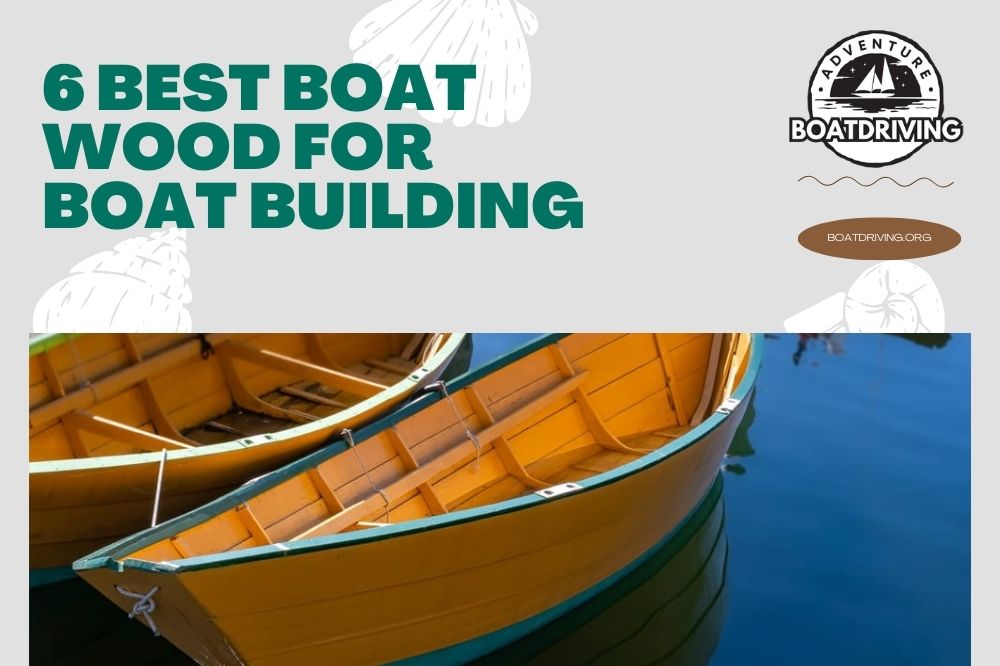
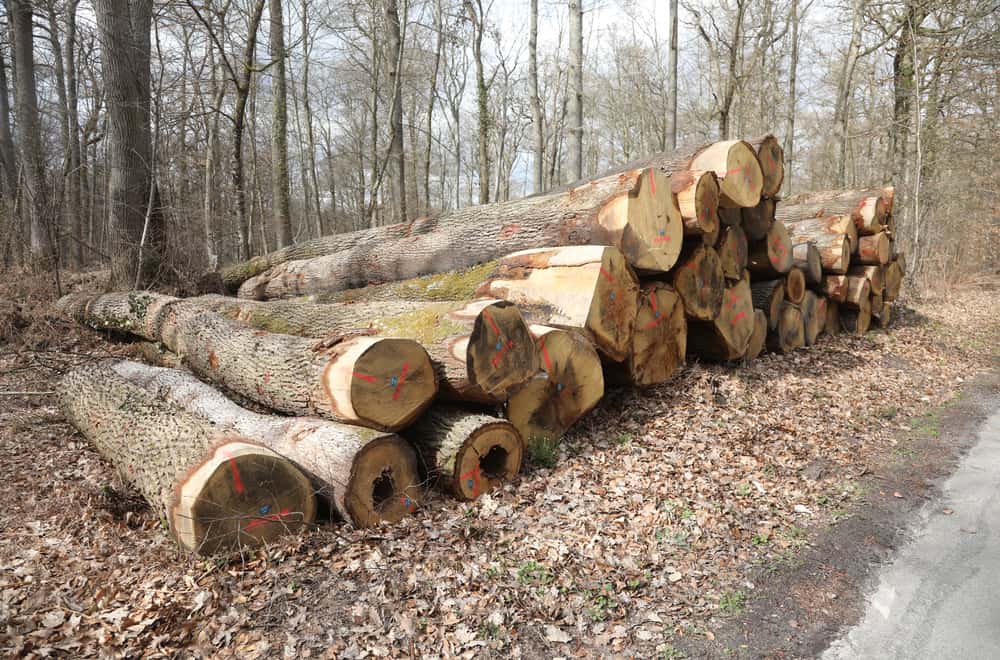
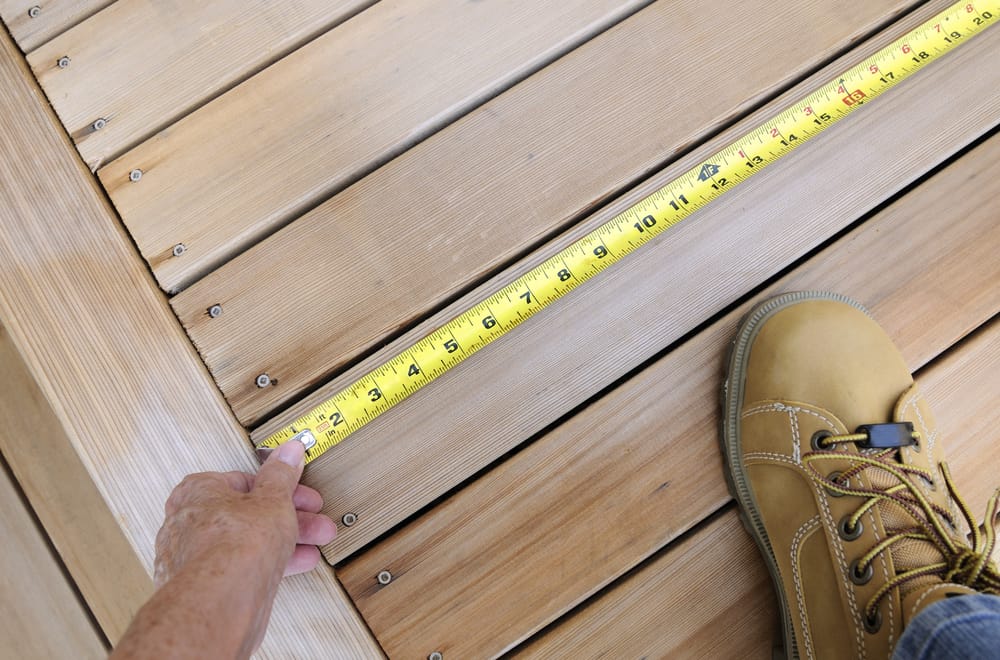
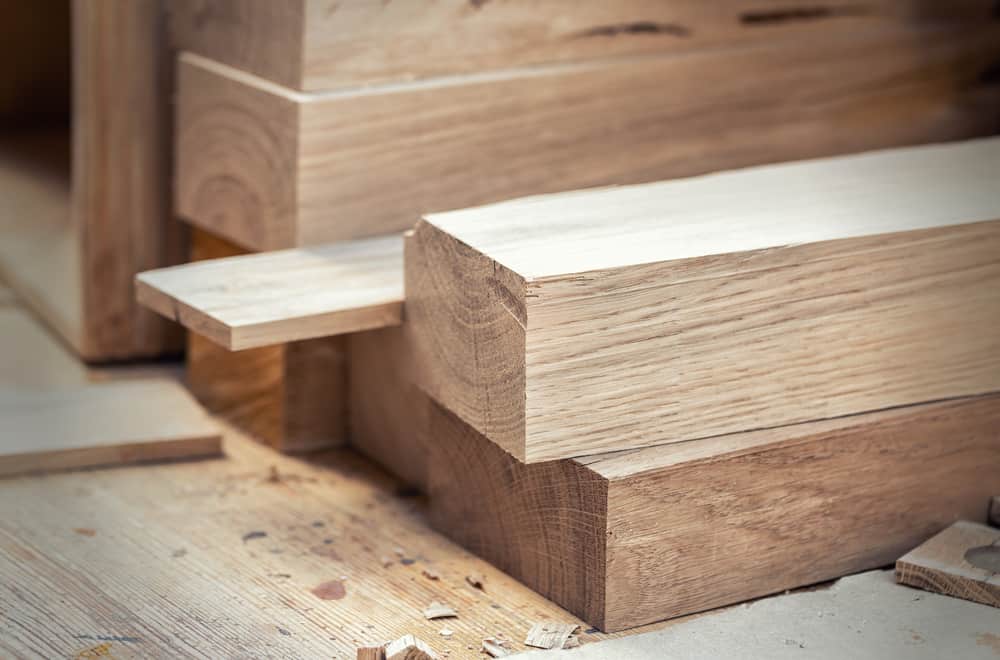
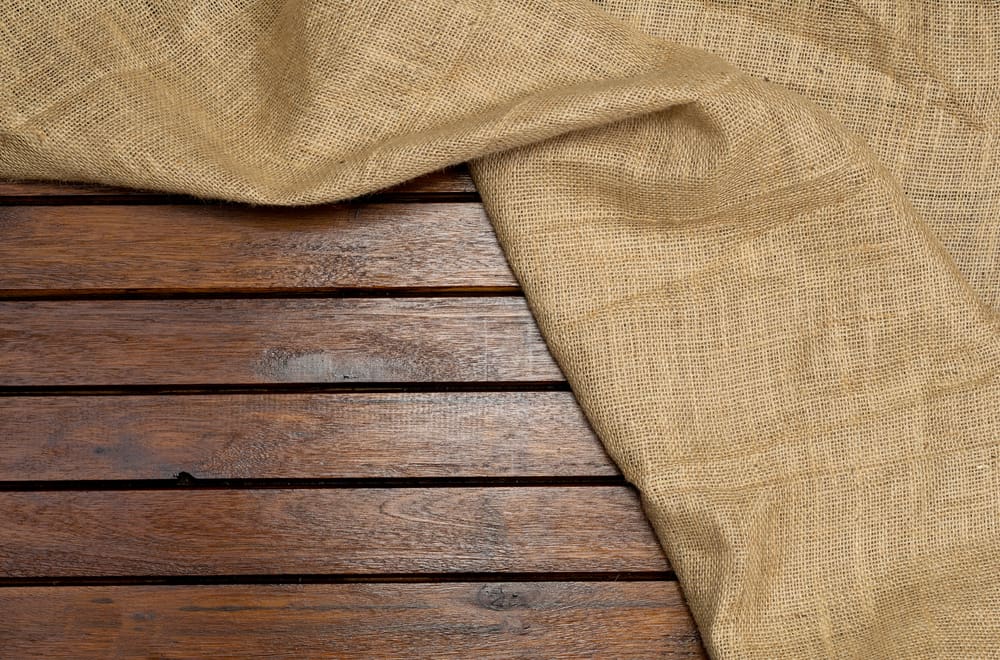
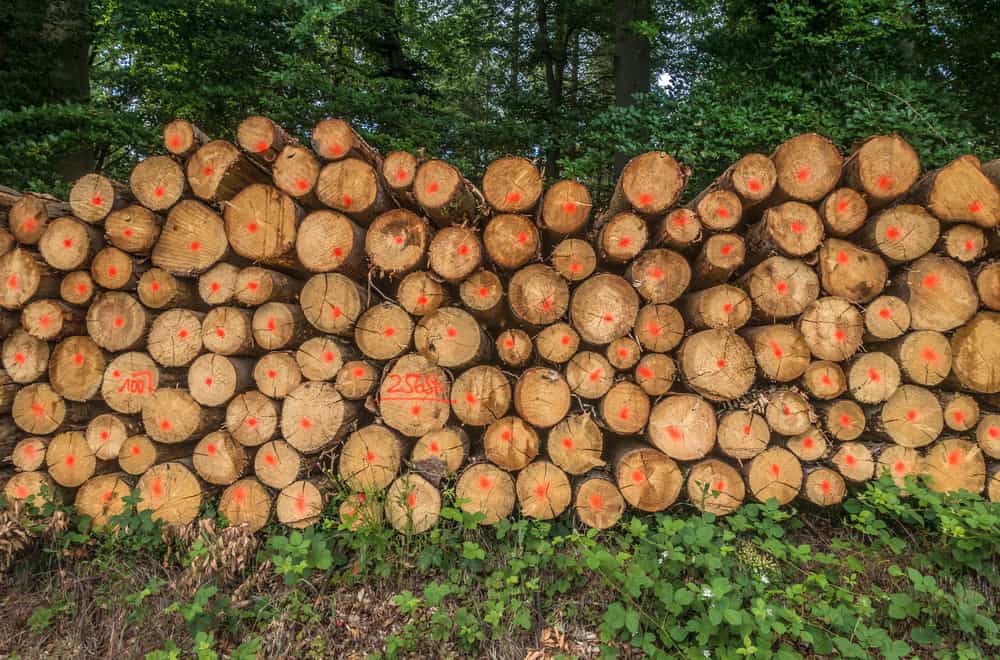
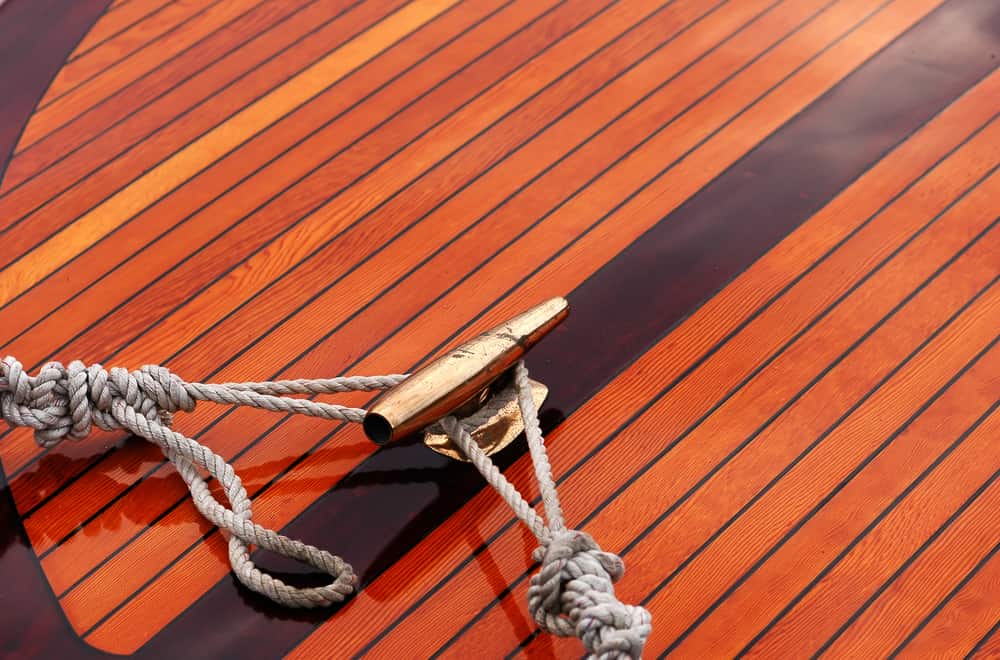
thank you for the info! I plan to bild one
That was so very helpful! I’d love to build a Viking longship but a mini version. Any guidance would be terrific and appreciated!